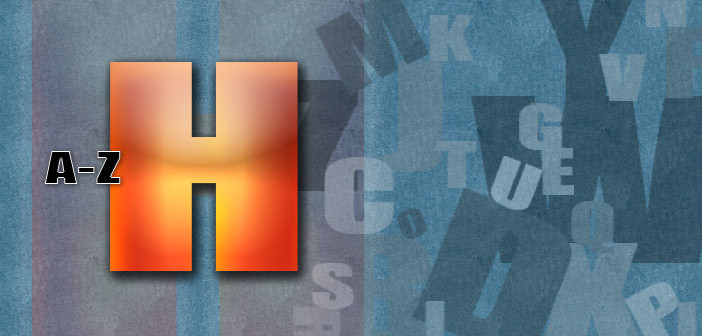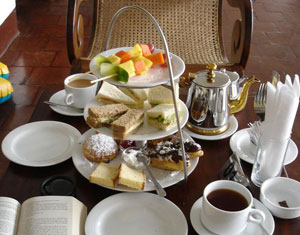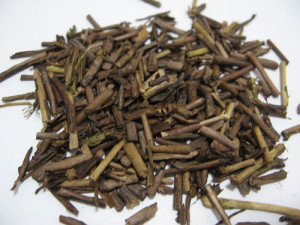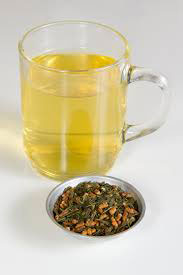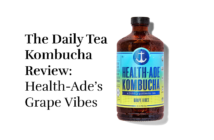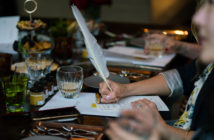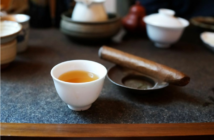Tea terminology can be mind-bogglingly complex. Which is why we’re bringing you Tea A-Z, a guide to deciphering both common and completely bewildering concepts from the world of tea. Let’s dive in!
HANDKERCHIEF TEA
Chinese growers harvest this tea using large handkerchiefs made of silk. It is an especially fine tipped tea grown in Taiwan. (No image)
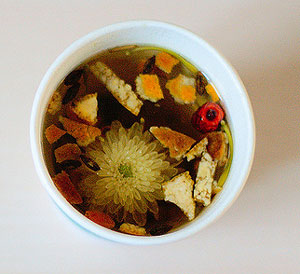 HERBAL TEA
HERBAL TEA
Contrary to popular belief, herbal teas are not teas but rather tisanes because they are not made from Camellia sinensis, the tea plant. Instead, they are made from almost anything that can be steeped including herbs, flowers, ro0ts, and dried berries. Some herbal teas have calming effects and a long history of use as folk medicine. For example, ginger teas reduce nausea and chamomile helps induce sleep. All herbal teas are free of caffeine and should be brewed in water that’s 208°F.
HIGH TEA
High Tea, or “meat tea”, is not the formal meal it appears to be. A combination of afternoon tea and dinner, it was the key meal for British working class and farmers. Normally served around 6 p.m., it consists of a main dish (commonly leg of lamb or roast beef), bread and butter, a pudding (custard or pastry) and tea.
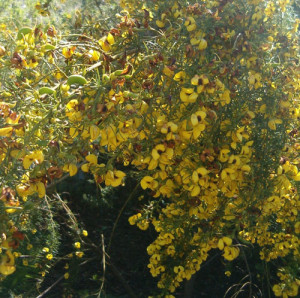 HONEYBUSH TEA
HONEYBUSH TEA
This herbal tea, which is comparable in flavor and appearance to rooibos, is made from the leaves of the honeybush plant grown in the mountain slopes of the South African Longkloof District. Know as “the other red tea”, the yellow flowers release a honey-like fragrance and the leaves are picked during the flowering period.
HOUJICHA
More “coffee-like” than any other Japanese green tea,houjicha has the lowest amount of caffeine. Reddish-brown in color, it is created by roasting bancha tea over high heat. It has a roasted, caramel flavor and practically no bitterness.
HYSON
Frequently consumed in Europe during the 18th century, young Hyson is a type of Chinese green tea harvested early in the season.

